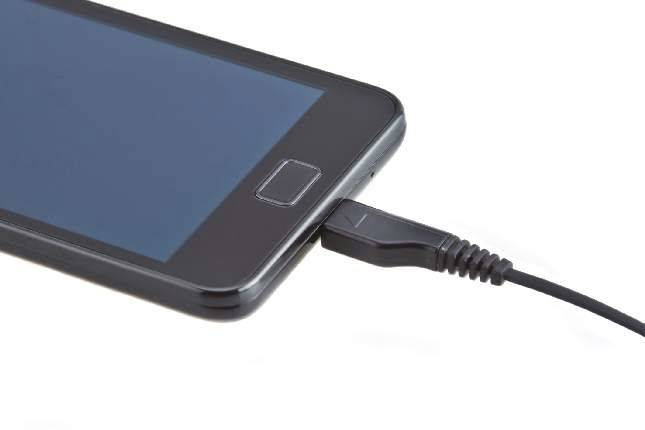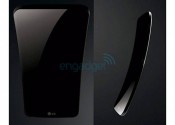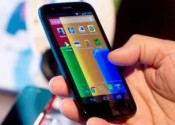Why Your Phone Might Be Taking Too Long To Charge? (And Tips to Take Care of Your Battery)

Battery is the heart of your phone and manufacturers tend to neglect it most of the time, particularly in the mid-range and budget devices. Almost all the portable devices that we have as of now come with a li-ion battery ,which has the advantage of being low maintenance and of packing much high energy density. But some smartphones and tablets will also feature a lithium polymer battery which is light in weight and has flexible form factor. Li-polymer batteries are more expensive and may pack less energy density while Li-ion batteries have a life span of 2 to 4 years and will lose charge with time even if you take all the necessary precautions. If your smartphone battery is taking too long to charge it could be because of the following reasons:
Check Charger Output Current
The original charger that comes with the battery is the best option to charge your battery, but in case you lost yours or damaged it, make sure that your new charger has the same output current. Less current is the reason that your smartphone takes longer to charge when you are using a USB port from your laptop. Check the Ampere rating and buy a good quality charger with overcharge protection for safer and efficient charging.
Faulty USB Cable is the Most Probable Cause
More often than not it is your faulty USB cable which is playing the spoilsport. So before you fret over your battery woes, you must check by replacing the USB cable, even if it is performing all other functions nicely. You can use all in one charger without a USB cable from a reputed brand and also, take care of your original USB cable.
Faulty USB Port
This is a hardware fault that has to be dealt with on the same level. You should try removing the dirt off that USB port so that all pins are conducting fine. USB port at chargers end and also Micro USB at your smartphone end might be the cause of your trouble.
Weak Battery
Another reason can be your old battery, which is weak and out of juice. The li-ion battery are low maintenance and do not have battery memory, so you don’t have to worry about discharging them too often like Nickel Metal Hydride batteries of yesteryear. But there are various precautions you can take to keep the charge up to the mark for as long as possible.
Once a month, full discharges is recommended, but try to keep your battery between 40 to 100 % mark more often when you plug your smartphone for charging. The worst thing you can do is make it go from 100 to zero every day. That will have an adverse effect on your battery’s health. If the charge drops very low, your battery will be ruined. The partial discharge does not harm your Li-Ion battery, contrary to the popular myth.
Although your battery charger has in built overcharge protection (or your battery would explode), you should avoid overcharging your battery more often as it still generates heat, which reduces life span. So you should avoid plugging in your battery overnight on regular basis.
Bonus Tip: Why you should buy Portable Battery Backup
Power hungry bright and high resolution displays, live wallpapers and widgets, multitasking and high speed data connectivity, all take a toll on your battery and there is not much option in this regard specially in the mid-range segment. Li-Ion batteries will lose charge with time and thus if you buy a battery bank or a new battery, make sure that it is new, by checking the manufacture date. If it has been with the seller for 6 months or a year, it won’t do you much good. As non-removable batteries in smartphones becoming more popular day by day, it wise to throw in some extra bucks for a battery bank along with your phone.
via Gizmodo



Leave a Reply